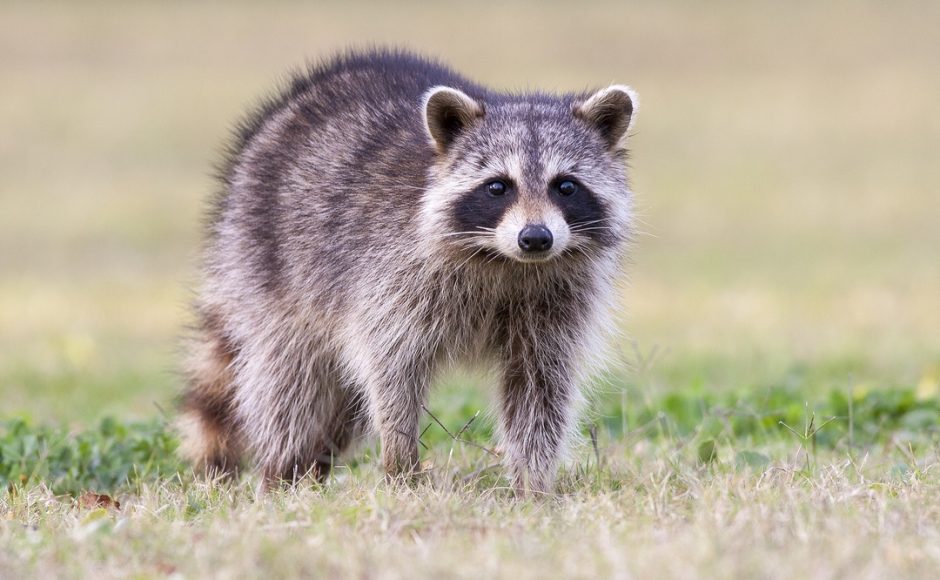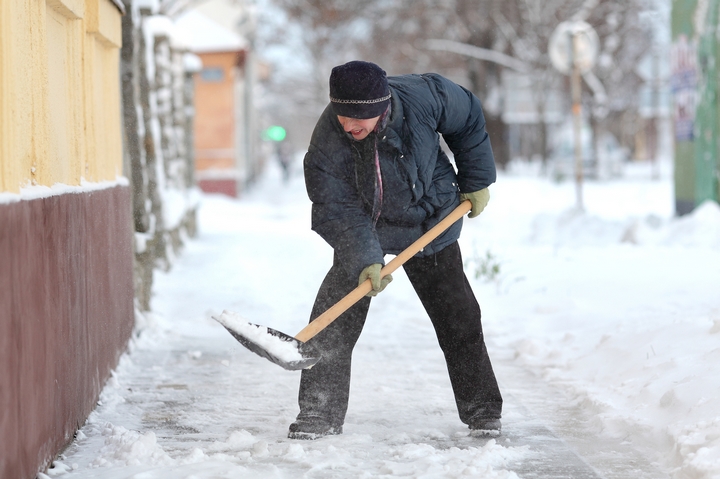Raccoons are adorable little critters with their furry bandit masks and fluffy, ringed tails. There is no denying we’ve all “awed” over the Instagram post of Pumpkin the Raccoon snuggling up to Boris the Golden Retriever. Along with their ability to make friends with household pets, raccoons are wildly intelligent.
Based on studies performed in the early 1900’s at the University of Oklahoma, researchers determined “…that raccoons bested the abilities of cats and dogs, most closely approximating the mental attributes of monkeys,”. The researchers studied raccoons’ ability to escape from a wooden box, which was closed by a series of latches. After their first successful escape, the raccoons could solve the problem quicker each time they tried it.
This might trigger many householders’ frustrations, remembering multiple mornings when they have stepped out their front door to find their garbage bins flipped over and the weeks refuse scattered up and down the driveway and across the lawn.
As our urban centers continue to grow, raccoon populations are actually flourishing instead of diminishing. They are adapting their behaviour to better live in our cities. Although these critters are usually nocturnal, they have been noticed to come out in the day in areas such as Stanley Park, where people are inclined to feed them. They are abundant in the south coastal area of British Columbia and in parts of the Okanagan Valley, and occasionally cause trouble for homeowners.
With the cold weather approaching, here are five ways to pest-proof your property so that you don’t find a new litter of baby raccoons, known as “kits,” in your attic by the spring:
1. Pet Food

If you have household pets, keep their food dishes inside the house and away from cat doors. If you do feed your pet outside, make sure to clear away any uneaten food as soon as possible.
2. Close off potential access points
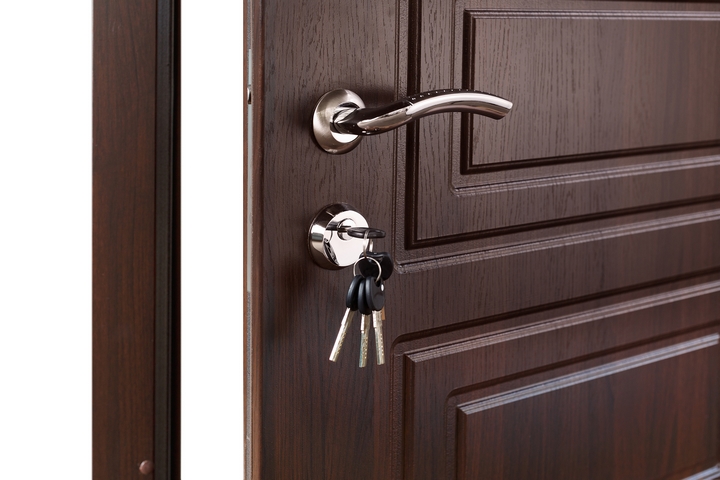
This includes fixing up any loose or damaged shingles, capping your chimney and cover roof vents, and sealing up any holes in the foundation or walls.
3. Tree Branches
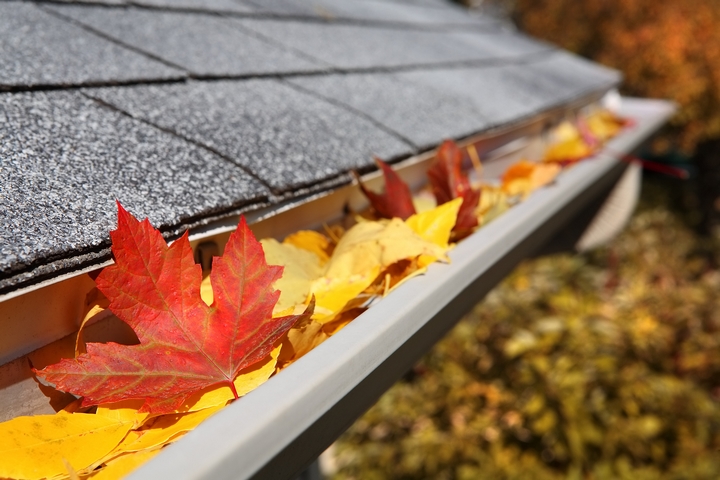
Raccoons are agile creatures and very skilled tree climbers. Keep any tree branches near rooftops trimmed to prevent easy access to your roof.
4. Garbage Bins

Use heavy duty garbage bins with locking lids. As mentioned, there’s a good chance your new raccoon friend will figure out this lock mechanism, so keep the bins inside until garbage day. The bins can be further secured with bungee cords or ropes. Remember to clean bins regularly with ammonia or bleach to reduce odours. Also, freeze any smelly garbage, and pop it in the bin on the morning of garbage day
5. Keep Doors Closed
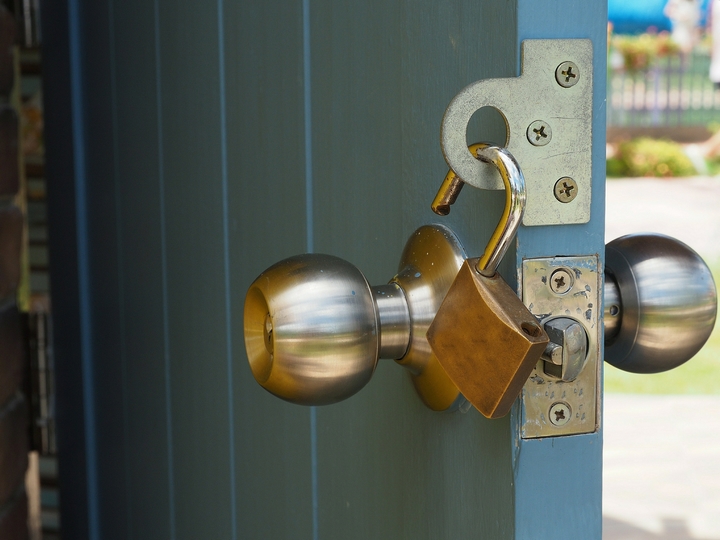
This may seem fairly straightforward, but make sure to close your shed and garage doors at night.
Raccoons tend to make dens in hollow spaces, like a chimney or in your attic. They do this to mimic their natural habitat, like a hollow tree trunk. If you do find a raccoon family in your home, try placing a bright light near their den, or leave a radio playing nearby to try and scare them out.
When winter has blissfully given way to spring and the birds and the bees come back to play, mama raccoons might be heard scratching and scurrying about in your attic. Kits are born between March and May, and mamas are very protective of their young. Yes, they’re cute, and they’re still wild animals and can be unpredictable. If you have concerns that there are kits in or on your property, it is probably best to call a pest control service or wildlife technician in your area.

